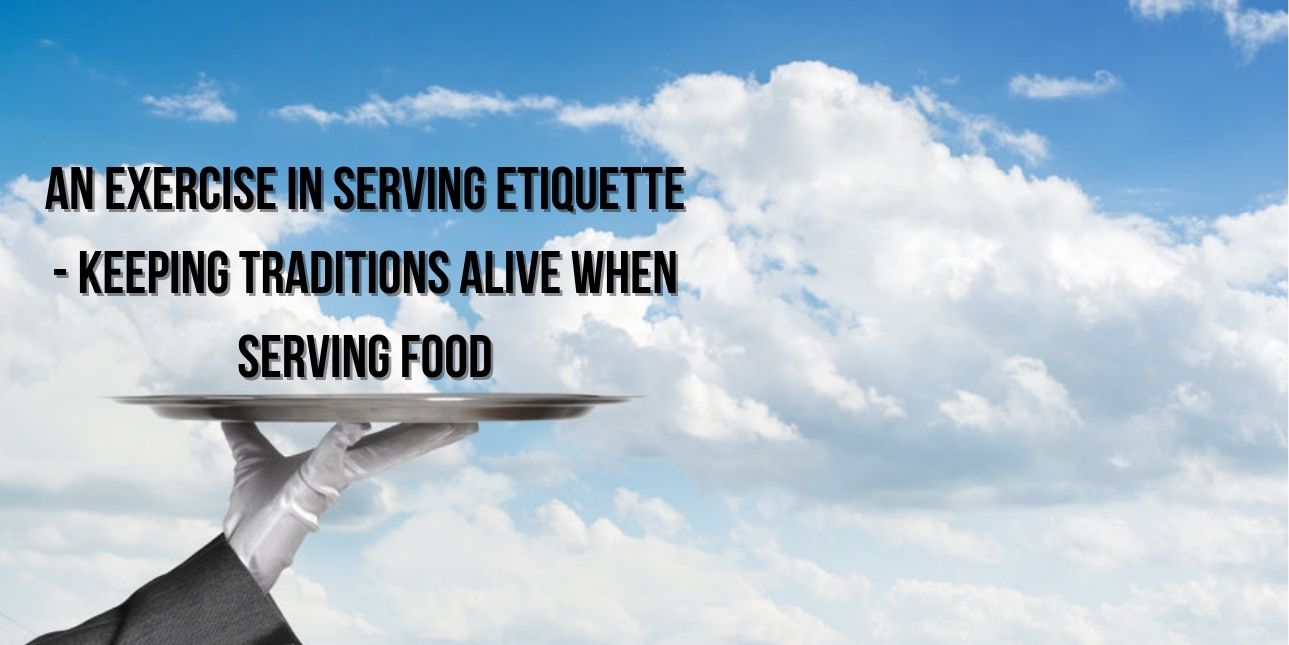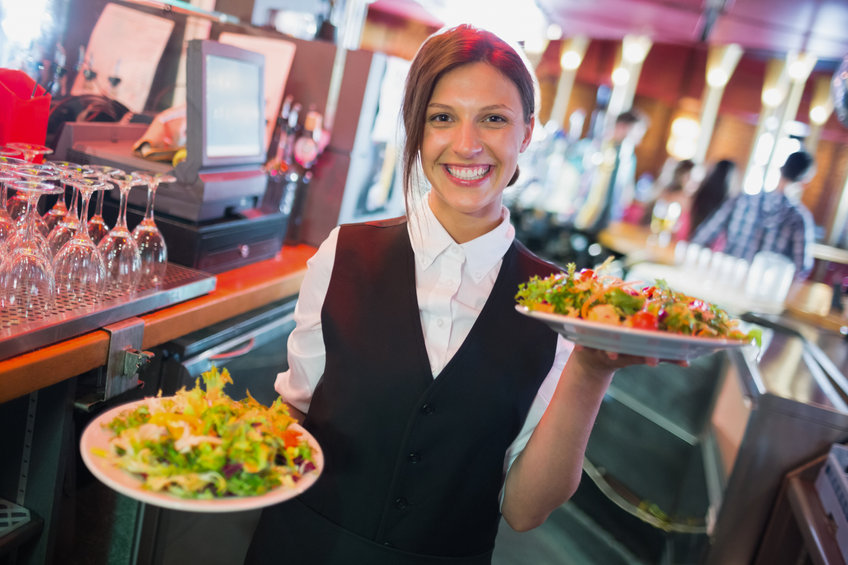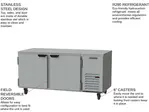The hospitality industry has several business models in place to provide good customer service so that guests return to an establishment regularly. The back-of-the-house operation is extremely important for a good dining experience, but good service ensures that customers have a pleasant dining experience and a positive outlook on your restaurant. Restaurants that are rooted in the fine dining experience have to ensure that servers know how to serve food and drinks properly. It is imperative that the staff is well-versed in the traditions of the foodservice industry and understands how to serve food correctly. The role of a fine dining server is not only limited to delivering food but also making sure that diners feel welcome and discover a premium experience.
Restaurants and Their Business Models
With an ever-growing population that dines out regularly, several business models for restaurants have emerged. These models cater to diners from all walks of life and are specifically tailored to provide an experience that suits your guest’s expectations. Properly stored food is essential to create delicious, fresh-tasting meals. Generally speaking, restaurants follow one of the following business models that can range from quick-service to sophisticated designs that offer an unparalleled dining experience.
- Quick-Service: Quick-service restaurants are all about versatility and speed. Diners expect their food to be delivered in a timely fashion and their food to be made according to a standard set by the establishment. The guests place their order at the front of the house and wait a small amount of time for their food to be prepared. When the food has been prepared, they can pick it up and dine at the premises or take it with them to enjoy it on the go or in the comfort of their own homes.
- Fast-Casual: These restaurants are quite similar to quick-service establishments where the guest orders at the main counter, but there is an attached dining area where the food can be served at their tables. Service staff takes care of delivering food to the diners in these restaurants.
- Casual Dining: Casual dining restaurants offer levels of service that are a step above fast-casual models. Their focus is on providing an excellent dining experience at affordable prices to attract families and groups of diners who would like to have great meals that do not break the bank. Diners are seated by a host, and servers take care of delivering the food in addition to periodically checking on the guests to make sure that everything is according to their expectations. Servers also have the responsibility of ensuring that diners have everything they need and topping up any drinks that they ordered with their meal.
- Fine Dining: Fine dining restaurants represent the upper echelon of the foodservice industry and present guests with a level of service and food presentation that is not seen elsewhere. Service is as important as food preparation and presentation in this atmosphere. Customers expect the highest levels of hospitality, elegance, and menus that are custom-tailored by experienced chefs.
From the Kitchen to the Table
Once the food has been prepared by the kitchen staff, it is the responsibility of the server to make sure that it does not sit for too long and is delivered fresh to the guests. Since restaurant kitchens are busy workplaces, it is possible for them to make a mistake in the order. It is up to the server to make sure that all orders are up to the mark and reach the tables in the way they were instructed. Well-trained servers know the importance of delivering an unforgettable experience and take care of the smallest details before presenting orders to the tables. Some important things to consider before food is served include:
- Making sure the food reaches the correct tables in a timely fashion
- Orders are accurate in accordance with the diners’ expectations, which would also encompass any substitutions requested
- Dishes and flatware are clean and do not have any imperfections
- Proper cutlery according to the meal is presented
- Condiments such as sauces and butter are served on the side
Taking care of details that seem minor can make a huge difference in the dining experience and prevents incidents of unhappy guests that may result in meals having to be comped.
How to Serve Food Correctly
Not all restaurants abide by culinary traditions when it comes to serving food, but establishments like fine dining restaurants usually take special care of details when presenting food to guests. There is a difference in serving food from the right or left side and any experienced server should know which side to approach the guest from. What side you serve from depends on whether the food being served is from a communal tray or an individual plate. The idea behind serving from the left stems from the fact that most diners are right-handed. This ensures that when the food is being set from a communal plate to an individual one, it is presented in the least intrusive way possible.
Modern fine-dining restaurants almost always present food on individual plates. In situations like these, it is ideal that the plates are served from the right so that the food is close to the customer and they do not have to extend their reach to approach their plate. Although there are no specific rules for presenting food to the guest, it should be kept in mind that it should be served in the least intrusive way possible. It is generally good manners to not cross over the guest when placing the food.
Cold foods should be served freshly prepared and chilled, while when serving hot food, it should never reach a temperature below 140 degrees Fahrenheit.
Situations when to serve food from the left:
- When food is served from a communal platter, such as in Brazilian or Indian restaurants
- Serving side dishes, like sauces, dinner rolls, and salads
- Seating situations, such as booths, where access to the right is limited
Situations when to serve food from the right:
- Setting down single plates of individually prepared orders
- Delivering drinks to the guest
General Ideals to be Upheld while Serving Food to Guests
- The server should avoid touching the guest. Even in rare situations when food or sauces touch the diner, serving staff should be cognizant that they should not wipe the guest and apologize for the mistake.
- Touching your face or any other body part makes the server look unsanitary, so avoid this kind of situation from happening. To clean their hands, the server can make use of an apron or napkin.
- The server should take care not to cross the guest while serving and should approach them either from the right side or the left side, as the situation dictates.
- Another taboo in the serving industry is picking up drink glasses from the top. Instead, hold them from a level well below the drinking line, so the customer is assured that no hands have touched the drinking area and that the glasses are sanitary.
Professional serving is not as easy a task as it seems. Proper care needs to be taken to appear elegant while presenting food and making sure that guests feel welcome and comfortable both before food is served and while the meals are being consumed. In establishments like fine dining restaurants, usage of traditional etiquette will earn you and the restaurant extra points and make your operation look sophisticated. Servers should receive proper training on how to serve food and not intrude on guests enjoying their meals. Some simple tips like those discussed above will make your restaurant a prestigious institution that will be booked with appointments for months to come!














